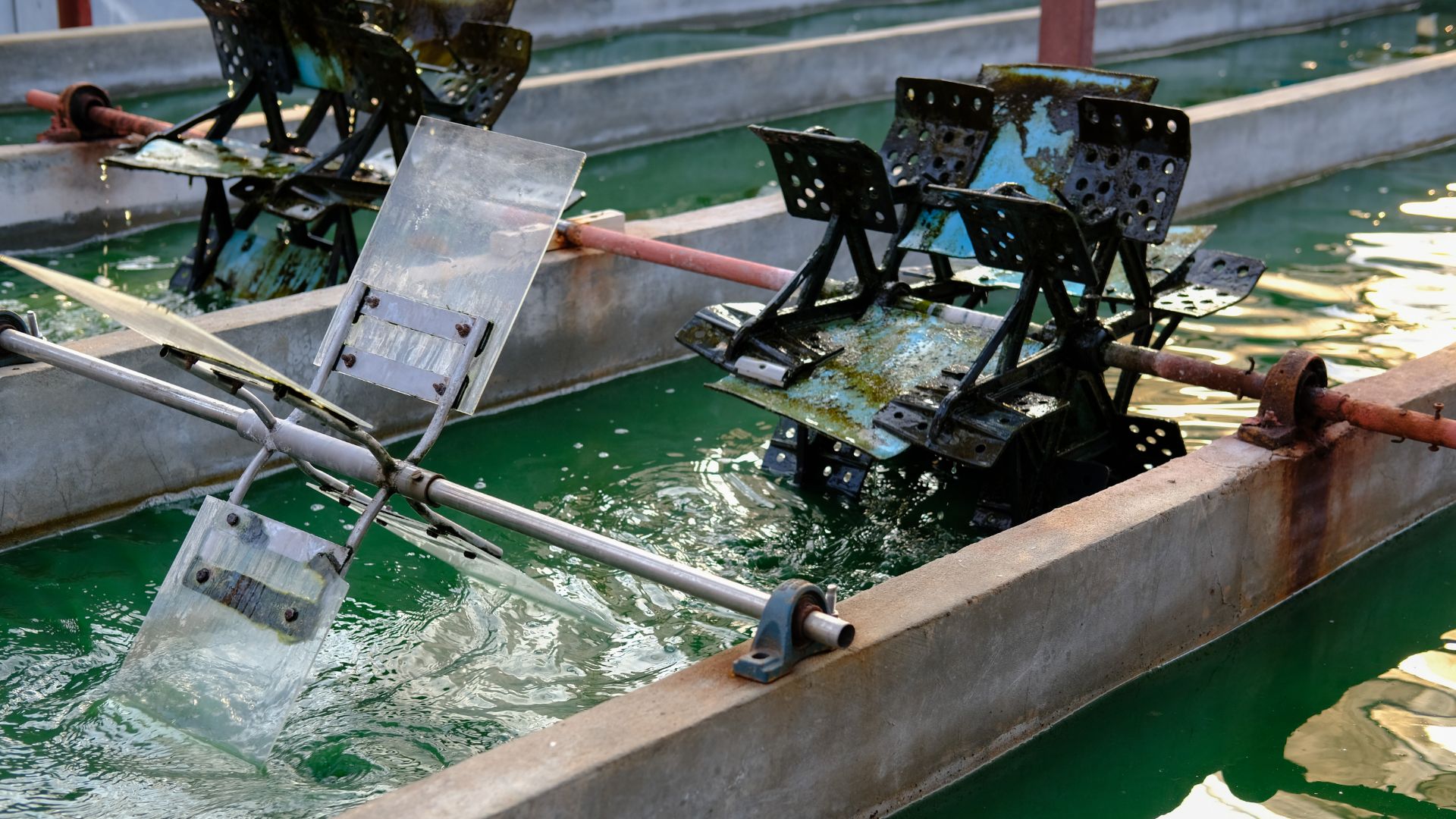In the ever-evolving landscape of the food industry, challenges come in many forms. One of the most insidious threats to food production and quality is the proliferation of algae.
Often overlooked or underestimated, algae can quietly exert harmful and damaging effects over time. This gradual contamination of water sources can lead to a cascade of issues throughout the food supply chain, affecting everything from irrigation to processing facilities and ultimately jeopardizing food safety and consumer health.
At LG Sonic, we understand the profound impact algae can have on the food industry, including aquaculture, and we’re committed to providing sustainable solutions to mitigate this issue. Let’s delve into the ways algae affect the food industry and explore how our innovative technology can make a difference.
Impact on Aquaculture
Aquaculture, the farming of fish and other aquatic organisms, is highly vulnerable to harmful algal blooms (HABs). These blooms can deplete oxygen levels in water, creating hypoxic conditions that lead to massive fish kills.

Additionally, some algae produce potent toxins that accumulate in the tissues of farmed fish, posing serious health risks to consumers. These instances can trigger regulatory actions, including farm closures, which disrupt the supply chain and lead to significant economic losses.
Finally, another detrimental impact of algae on aquaculture is through biofouling. Algae can accumulate on fish farming equipment and infrastructure, leading to increased maintenance and operational challenges.

Challenges in Irrigation Systems
Algae blooms can also infiltrate irrigation systems, clogging filters and pipes, and reducing the efficiency of water delivery to crops. This not only increases maintenance costs but can also cause water shortages during crucial growing periods. Furthermore, certain types of algae introduce toxins into the irrigation water, which can be absorbed by crops and enter the food chain, posing health risks to both humans and animals.
Toxins and Food Safety
One of the most concerning aspects of HABs is actually their ability to produce harmful toxins, such as microcystins and anatoxins. These toxins can contaminate water supplies, affecting livestock and humans.

In the food industry, the presence of these toxins can lead to food recalls, substantial financial losses, and damage to brand reputation. Contaminated water can also impact the health of livestock, reducing their productivity and quality, thereby affecting the entire food supply chain.
The Economic Impact
The economic repercussions of algae proliferation in the food industry are significant. Reduced crop yields and compromised food safety lead to financial losses for farmers and food producers.
Increased maintenance and operational costs in processing facilities further strain resources. Ultimately, these issues can lead to higher prices for consumers and reduced profit margins for businesses.
LG Sonic’s Innovative Solutions
At LG Sonic, we offer state-of-the-art ultrasonic technology to manage and control algae growth in various water bodies. Our solutions are designed to prevent the formation of harmful algal blooms without the use of chemicals, ensuring environmentally friendly and sustainable water management.
Our MPC-Buoy technology integrates real-time water quality monitoring with ultrasonic treatment to effectively control algae, safeguarding the water used in aquaculture and irrigation. LG Sonic’s commitment to continuous innovation ensures that our solutions not only mitigate algae-related challenges but also promote healthier ecosystems and more resilient food production systems worldwide.

Conclusion
The proliferation of algae presents a multifaceted challenge to the food industry, impacting everything from aquaculture and irrigation to food safety and economic stability. By understanding the challenges posed by these green intruders, we can better address their effects and implement solutions to mitigate their impact.
LG Sonic’s commitment to innovative, chemical-free solutions represents a crucial step forward in tackling these challenges. By integrating advanced ultrasonic technology with real-time monitoring, LG Sonic not only addresses current threats posed by algae but also offers a sustainable path towards safeguarding our food supply and water resources for generations to come.
